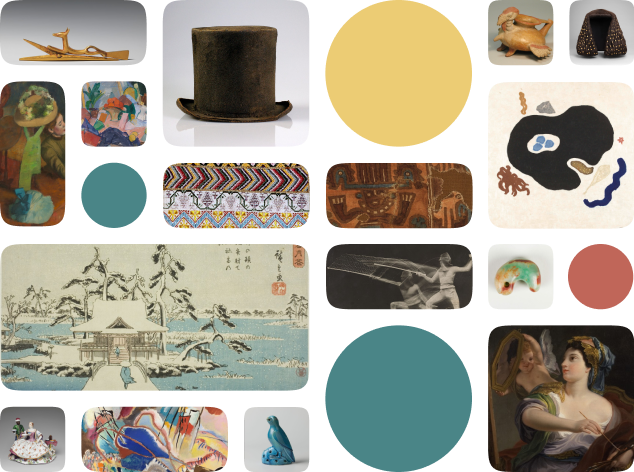Headrest
Creator Name
Cultural Context
Date
Source
About the Work
Headrests such as this served a crucial role in preserving elaborate hairstyles that were symbolic of social status, rank, age, and gender. In East Africa, headrests were highly personal objects, reflected in the unique terminology used for them in languages such as Amharic (yagertera, “pillow of my land”) or Oromiffaa (boraatiz,“tomorrow-you”). Over time, headrests retained traces of their owners - the wood absorbed oils and other materials from the hairdressings.
The use of headrests is also tied to the lifestyle of cattle-herding groups across Eastern Africa, where ownership of livestock signified wealth and prestige. The young men tasked with protecting valuable herds were often part of a warrior caste; they took great pride in their appearance, spending hours decorating and braiding their hair. Light and portable headrests were essential for these nomadic communities.
Beyond their functional use, headrests held deeper cultural significance. While East African communities typically used headrests for practical purposes, other regions of Africa attributed spiritual meanings to these objects, believing they could facilitate communication with ancestors or serve in marital rites.
Work details
Title
Creator
Worktype
Cultural Context
Material
Dimensions
Technique
Language
Date
Provenance
Style Period
Rights
Inscription
Location
Source
Subjects
Topic
Curationist Contributors
Related Content
All Works in Curationist’s archives can be reproduced and used freely. How to attribute this Work:
Help us improve this content!
Save this work.
